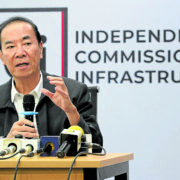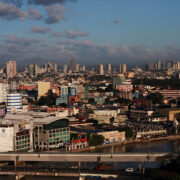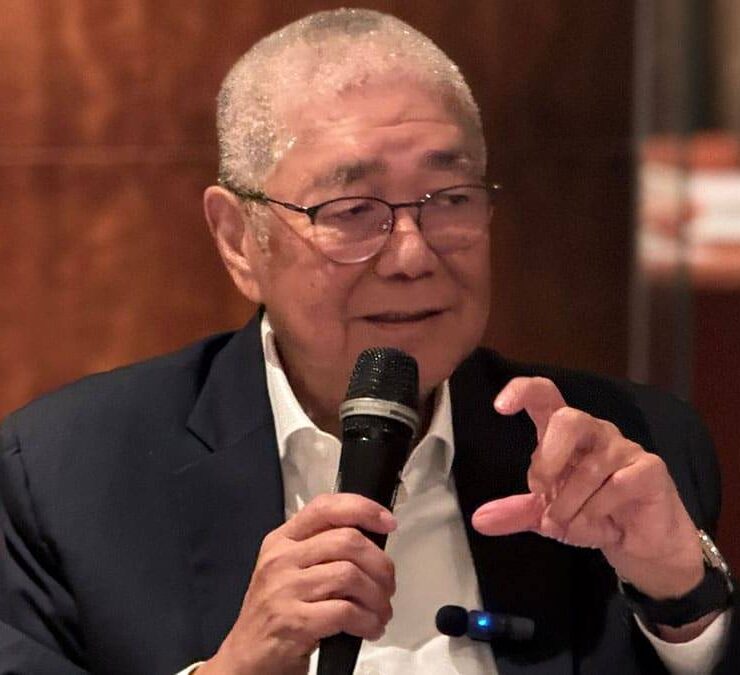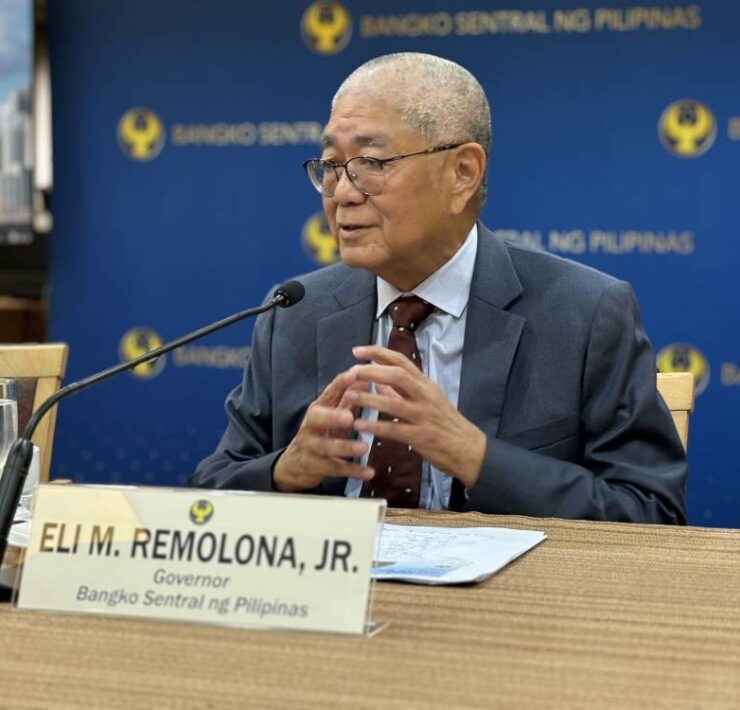Trump 2.0 sank FDIs in Nov
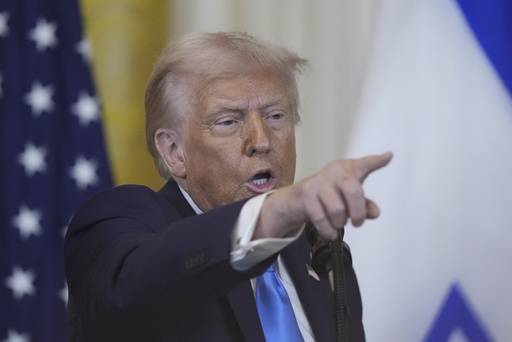
The flow of job-generating foreign investments in the Philippines posted a double-digit slump in November 2024 amid risk aversion triggered by the election victory of US President Donald Trump.
Latest data from the Bangko Sentral ng Pilipinas (BSP) showed that there were $901 million more foreign direct investments (FDIs) that entered the country against those that left in November. That marked a contraction of 19.8 percent from the $1.1 billion net inflow recorded a year ago.
Unlike the so-called “hot money” that leaves markets at the first sign of trouble, FDIs are firmer capital inflows that create jobs for people. That said, the government wants existing FDIs to stay, while attracting new ones.
But despite the November slump, data showed the 11-month net inflows of FDI went up by 4.4 percent year-on-year to $8.58 billion, inching close to the $9-billion projection of the central bank for the entire 2024.
Michael Ricafort, chief economist at Rizal Commercial Banking Corp., said the contraction in November could be attributed to investor worries over a second Trump administration.
“The latest decline in the FDI could be attributed to uncertainties on possible protectionist measures by President Trump, who encourages more investments and jobs in the United States rather than outside, which could reduce FDIs globally,” Ricafort said.
But Leonardo Lanzona, economist at Ateneo de Manila University, said the main reason for the FDI drop could be traced at home to the government’s balance sheet.
“The country’s increasing debt-to-GDP (gross domestic product) ratio can be scaring away the investors,” Lanzona said. Latest data that showed the ratio stood at 60.7 percent in 2024, a tad above the government’s program of 60.6 percent.
“First, with more debt, the chances of a financial crisis and defaulting becomes greater. Second, with more debt, the probability of a depreciation becomes higher, making it difficult for investors to repatriate,” Lanzona said.
“Third, the huge debt can signal that the government may accumulating more domestic loans, thus crowding out the private sector,” he added.
Figures from the central bank showed equity capital placements, a gauge of fresh FDIs, plummeted by 37.8 percent to $71 million. At the same time, the amount of FDIs that left the country went up by 24.3 percent to $36 million.
That yielded a net equity capital inflow of $35 million, collapsing by 58.9 percent.
Meanwhile, intercompany borrowings between multinational companies and their Philippine affiliates – which accounted for the bulk of the FDIs in November – also sagged by 17.9 percent to $791 million.
Reinvestment of earnings were relatively flat at $74 million.
This year, the BSP projected a $10 billion net inflow of FDI.




